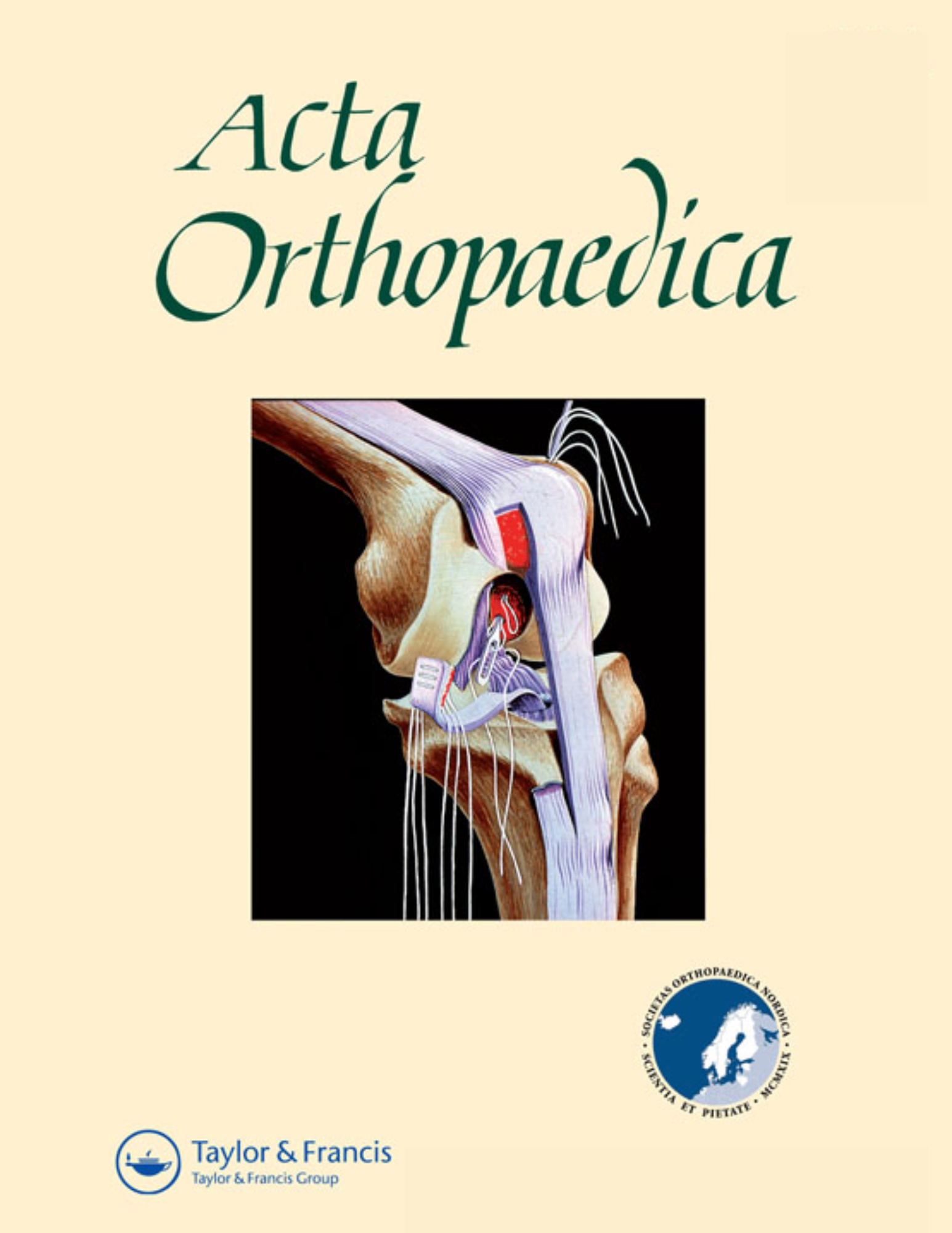
TKR: Tourniquet use increases pain and reduces range of motion

TKR: Tourniquet use increases pain and reduces range of motion
Tourniquet use in total knee replacement does not improve fixation, but appears to reduce final range of motion
Acta Orthop. 2012 Oct;83(5):499-503. doi: 10.3109/17453674.2012.727078. Epub 2012 Sep 14.Did you know you're eligible to earn 0.5 CME credits for reading this report? Click Here
Synopsis
50 patients undergoing total knee arthroplasty were included in this trial to determine the effect of tourniquet use on implant migration. Patients were randomized to undergo cemented total knee arthroplasty with or without the use of a tourniquet. The results of this study indicate that the use of a tourniquet did not reduce implant migration, caused more postoperative pain, and reduced range of motion.
Was the allocation sequence adequately generated?
Was allocation adequately concealed?
Blinding Treatment Providers: Was knowledge of the allocated interventions adequately prevented?
Blinding Outcome Assessors: Was knowledge of the allocated interventions adequately prevented?
Blinding Patients: Was knowledge of the allocated interventions adequately prevented?
Was loss to follow-up (missing outcome data) infrequent?
Are reports of the study free of suggestion of selective outcome reporting?
Were outcomes objective, patient-important and assessed in a manner to limit bias (ie. duplicate assessors, Independent assessors)?
Was the sample size sufficiently large to assure a balance of prognosis and sufficiently large number of outcome events?
Was investigator expertise/experience with both treatment and control techniques likely the same (ie.were criteria for surgeon participation/expertise provided)?
Yes = 1
Uncertain = 0.5
Not Relevant = 0
No = 0
The Reporting Criteria Assessment evaluates the transparency with which authors report the methodological and trial characteristics of the trial within the publication. The assessment is divided into five categories which are presented below.
3/4
Randomization
3/4
Outcome Measurements
3/4
Inclusion / Exclusion
4/4
Therapy Description
4/4
Statistics
Detsky AS, Naylor CD, O'Rourke K, McGeer AJ, L'Abbé KA. J Clin Epidemiol. 1992;45:255-65
The Fragility Index is a tool that aids in the interpretation of significant findings, providing a measure of strength for a result. The Fragility Index represents the number of consecutive events that need to be added to a dichotomous outcome to make the finding no longer significant. A small number represents a weaker finding and a large number represents a stronger finding.
Why was this study needed now?
Tourniquets are routinely used during total knee replacement to reduce bleeding which might impair fixation of the cemented prosthesis. However, tourniquet use is associated with re-perfusion trauma, oxidative stress, deep vein thrombosis risk, and injury due to pressure on skin, muscles, nerves, and arteriosclerotic vessels. Tourniquets may also reduce the surgical field, which may lead to a number of other complications and jeopardize the sterility of the postoperative dressing. This study aimed to determine the effects of tourniquet use on patients undergoing cemented total knee arthroplasty.
What was the principal research question?
Does tourniquet use reduce postoperative migration and improve clinical outcomes in patients, 2 years after undergoing cemented total knee arthroplasty?
What were the important findings?
- The difference in migration, between the patients who received a tourniquet and the patients who did not, was not significant: 0.01 mm (95% CI: -0.13 to 0.15).
- The patients who received a tourniquet experienced significantly more pain during the first 4 postoperative days than the patients who did not receive and tourniquet (49 mm versus 41 mm; p=0.01).
- Tourniquet use significantly reduced total overt bleeding when compared to no tourniquet use (317 mL versus 615 mL; p=0.002), but did not significantly reduce the total bleeding estimated by hemoglobin dilution (1184 mL versus 1236 mL).
- There was no significant difference in morphine consumption between the patients who received a tourniquet and the patients who did not receive a tourniquet.
- The mean range of motion at 2 years for the patients in the tourniquet group was 113 degrees, whereas the mean range of motion for the patients in the control group was 124 degrees (p=0.001).
What should I remember most?
Tourniquet use did not significantly alter migration of the cemented total knee arthroplasty and may cause significantly more postoperative pain and reduce range of motion when compared to no tourniquet use.
How will this affect the care of my patients?
It is still unclear if tourniquet use during total knee arthroplasty is efficacious. Although its use can reduce operative blood loss, it may effect implant fixation/migration, postoperative pain and range of motion. Further randomized trials are needed to determine if tourniquet use has any effect on implant fixation and migration, and if any differences detected have a clinically significant impact on long-term outcomes.
Learn about our AI Driven
High Impact Search Feature
Our AI driven High Impact metric calculates the impact an article will have by considering both the publishing journal and the content of the article itself. Built using the latest advances in natural language processing, OE High Impact predicts an article’s future number of citations better than impact factor alone.
Continue



 LOGIN
LOGIN

Join the Conversation
Please Login or Join to leave comments.